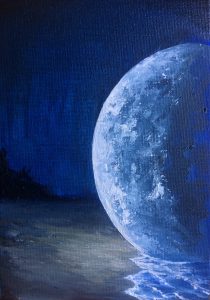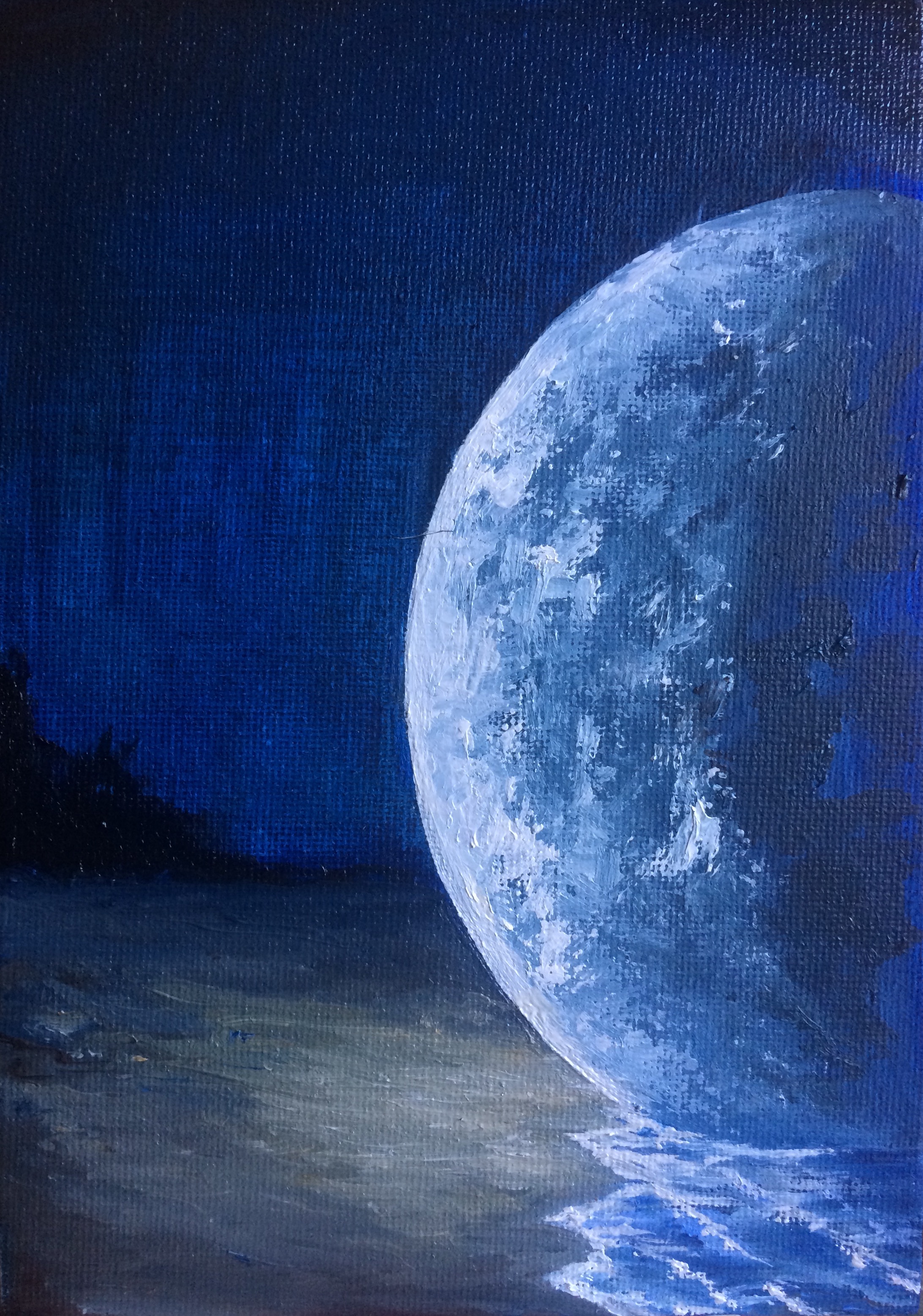‘When I consider your heavens,
the work of your fingers,
the moon and the stars,
which you have set in place,
what is man that you are mindful of him?
Psalm 8: 3-5
January 31st 2018 is set to host a rare sight; that of the Super Blue Blood Moon.
For the first time since 1866, there will be a confluence of three astronomical phenomena: A Supermoon, a Blue Moon and a Blood Moon.
A Blue Moon is the second full moon in a full month calendar, however the moon does not, unfortunately, appear blue. The tantalisingly fleeting nature of a Blue Moon has given rise to the phrase ‘Once in a Blue Moon.’ However it is not as rare as is popularly believed as it tends to appear once every 2 1/2 years, the last one appearing in July 2015. We will also be treated to another glimpse of it on March 31st, 2018.
The term ‘Supermoon’ is a relatively recent word coined by astrologer Richard Nolle in 1979 and sometimes referred to with some chagrin by astronomers (as astrology is not regarded as a scientific field), who officially describe the phenomena as perigean full moons or perigean new moons (perigee means ‘near Earth’). These ‘larger-than-life’ full moons seem to have been a relatively ubiquitous sight of late, with three sightings in 2017 and one already in January. The moon’s elliptical orbit around the earth means its distance from our planet varies at different points, referred to as the apogee and perigee. Apogee is when the moon is around 30,000 miles or 50,000km farther from the earth than the perigee (also known as ‘proxigee’), when the moon is at its closest proximity to the earth. It is at the perigee point that the moon appears 30% larger and 14% brighter than a typical full moon.
A Blood Moon, or total lunar eclipse, appears when the earth lines up with the sun and its shadow cast on the moon appears red due to the earth’s atmosphere. The UK won’t experience the lunar eclipse as it begins at 10:51am GMT, so unfortunately we will not see the red/orange hue. The full effect of the Blood Moon will only be visible on Earth’s night side and to those in western North America, across the Pacific to eastern Asia. The Super Blue Moon however will make its rare appearance to a UK audience and will be a remarkable sight. Weather permitting, we should have a good view of it at dusk when the moon is lower on the horizon, or at midnight when the moon is at its highest point in the sky. According to Dr Gregory Brown, from the Royal Greenwich Observatory, the best time to view the Super Blue Moon will be at 12.40am on Thursday 1st February.
This oil painting sketch is an attempt at capturing the evanescent and confounding aspects of nature and humanity’s attempts to explain phenomena that are at times inherently unexplainable. I have tried to combine various elements of our current understanding of the moon and in doing so to bring it, hypothetically, down to earth. Here the moon has landed on a distant shore of earth, casting its illuminated light onto the sand with waves lapping around it. The moon’s gravity pulls at our planet and determines the tides but its transformation into a supermoon has real intensified physical effects on high and low tides. This is a simple study of a not so distant future painting and series of space inspired artwork..

A documentary by BBC One at 9pm on 31st January will delve in more detail into the monthly lifecycle of the moon as it waxes and wanes.
Weather permitting, it will be hard to miss such a rare spectacle by our only natural satellite, particularly when the night is alight by a giant spotlight (apologies for the unintentional rhyming). So don’t forget to look up and enjoy the view, it promises to be a wonder to behold to those who, like myself, are captivated and inspired by nature and the workings of a divine hand. The next spectacular series of Supermoons will return in 2019!
